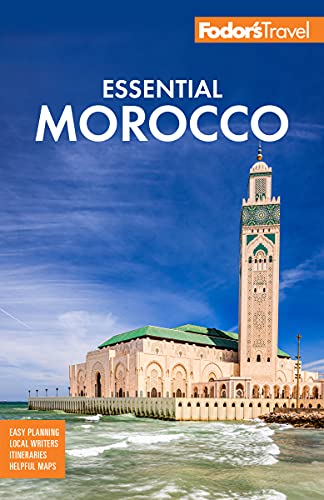Thuya: Buried Treasure of the Atlas
Coveted since Roman times, Morocco’s rare and beautiful thuya wood is particular to the western foothills of the Atlas Mountains. In modern times, this material remains synonymous with wealth, being the first burled wood used for luxury dashboards in the Rolls-Royce.
At first glance, the thuya tree, a rather unassuming Atlas conifer, is underwhelming. The tree’s foliage is rather scrubby while its trunk has unknotted, bland wood. However, the roots hold a treasure trove of beauty—this is from where thuya wood’s natural burled grain and complex markings come. For the Berbers of the Middle Atlas, the thuya industry is a vital aspect of the local economy. Fathers hand down the skills necessary to select, harvest, and work the wood. Theirs is the delicate job of measuring and cutting the root pieces into a variety of shapes and sizes. So precious is it—and so brittle—that any slip of the hand spells catastrophe.
Spotting Real Thuya Wood
Genuine thuya is a reddish brown color and has myriad darker, knotty whorls, closely resembling burr walnut and bird’s-eye maple. Beware of traders offering larger pieces such as dining tables and storage chests, which may not be genuine. Carved pieces (other than antiques) tend to be small. The most popular items found in souks and stores are boxes, bowls, place mats, and penholders.
The Scent
Thuya’s scent, nature’s guard against parasitic attack, once made it a prized ingredient of ancient lore. The Greeks named the tree thuya (pronounced twee-ya), which means "sacrifice." They used its distilled essence to produce incense for religious ceremonies. As with cedar, its close relative, thuya’s distinctive aroma remains decades after the wood is cut. Today, the scent is more likely to feature in aromatherapy rather than ritual.
Sustainable Harvesting
With the substantial part of the tree securing so many livelihoods, its sustainability is of great importance. Not long ago, tourism, a demand from collectors overseas, and a national desire for impressive furnishings had endangered the supply of thuya. Since the 1990s, the Moroccan government has been working on a program to protect the future of the precious Atlas forests and establish a replanting program. Today, the thuya industry is closely controlled. Artisans are encouraged to turn their attentions to small, delicate pieces and inlays, thus leaving the majority of trees in the forests to grow to maturity. Massive pieces, such as the doorways and carved furnishings favored by the ancient Romans, are rare. If you are lucky enough to sleep in a house with a thuya ceiling, it is almost certainly renovated or reclaimed rather than new.
The Craft of Carving
The majority of Berber woodworkers now operate in cooperatives, ensuring that the bulk of profits pass directly to the artisans themselves. They, in turn, hand their skills on to their teenage apprentices, while educating them in the environmental issues so key to their future. Tradition dictates that men perform the artistically skilled part of the production process, including both carving and decoration. Women and children polish and feed the intricate grain. These cooperatives are also turning their attention to maximizing sustainable by-products of the thuya. A pine-scented oil, for example, is extracted from the resin and is valued in both aromatherapy and homeopathy. The sap also yields a lacquer and varnish, used widely by local craftsmen.
Buying Thuya
Although you can find thuya wood products everywhere in Morocco, those wishing to buy articles fashioned from this beautiful wood are most likely to find reasonably priced items on Morocco’s Atlantic coast, such as in Essaouira and Agadir. Check prices prior to purchase at one of the many outlets available online; try to buy from a cooperative to ensure your money goes to the craftsmen rather than wholesalers and middlemen.




